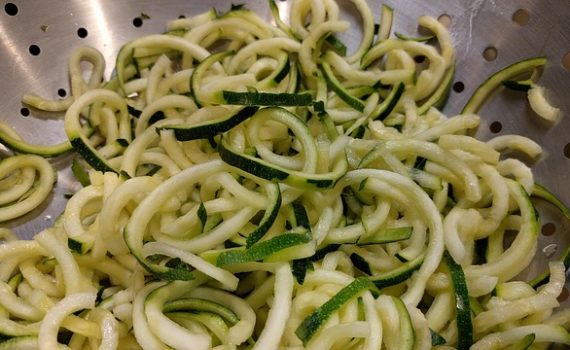Many studies suggest that a low carbohydrate diet can help prevent sudden spikes in blood sugar. While adopting a low carb diet means giving up many delicious foods you may be accustomed to eating, the diet leaves plenty of other choices to make it an easy one to follow.
Yearly Archives: 2018
Knowing the glycemic index (GI) and glycemic load (GL) of the foods in your diet can help you make wise choices. Both numbers will tell you how quickly a particular food will impact your blood sugar.
While you can directly control your diet and exercise routines, there are certain parts of your life that can't be controlled or planned for. Traffic jams, meetings with clients, and other anxiety-producing events can flood your body with stress. A surge of unhelpful stress hormones can hit you at various points throughout the day. Preparing for those occassions and taking steps to lessen their negative impact on your body is another key component in your battle against type 2 diabetes.
Two quick and easy measurements can help determine your risk of developing type 2 diabetes. Your Body Mass Index (BMI) and your waist circumference provide valuable information for all those wondering if they are on the path to type 2 diabetes.
In your battle against Type 2 diabetes, exercise can be a critical weapon in managing your blood glucose levels. This article offers a few tips on how to transition from a sedentary, non-exerciser to someone who workouts on a regular basis.




